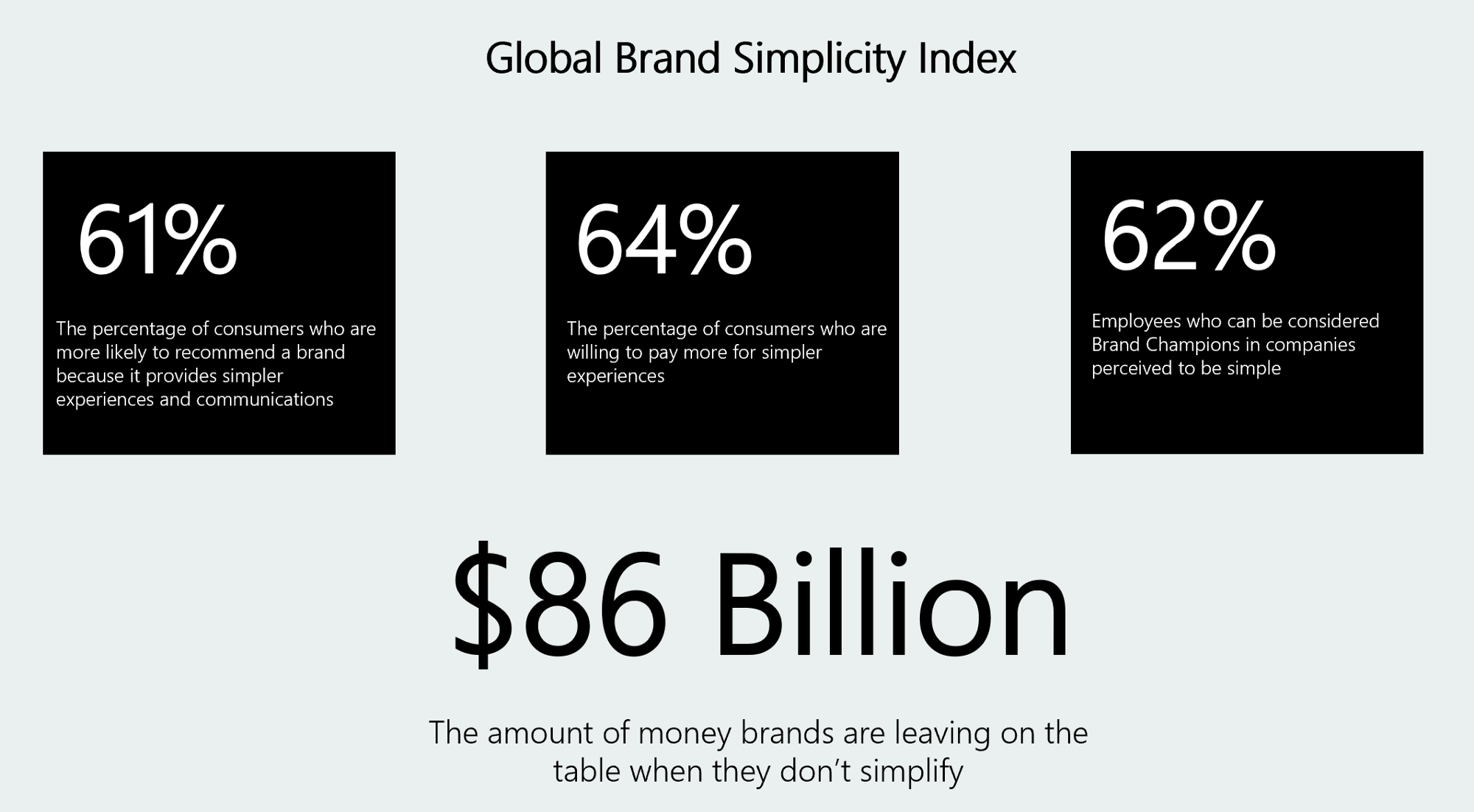By Dylan Romero

Note: This article was originally published on September 12, 2018, on Medium
How to write user research reports people actually want to read
I could’ve titled this “How to Eschew Obfuscation in UR Writing” and achieved the same meaning, but would it add any value? How many people would get lost trying to flip to the right page in their mental dictionary to define “eschew” and “obfuscation”?
Likewise, you probably know what “UR” means — you’re reading an article about user research, after all. But for writers, designers, or those who accidentally click-stumbled here, “UR” isn’t so obvious. A Bing search for “UR acronym meaning” returns this:

To really eschew all that pesky obfuscation, it’s much simpler to be simple. The same can be said for most everything below the title — and not just in research writing. Without further ado, here are five tips for writing simple, impactful study results, with the UR (not the ancient city) to back them up.
1. Write for scanning
People don’t read. This is especially true when it comes to the web, where skimming content instead of reading is most prevalent. Your target audience isn’t reading study results for the plot and great character development; they’re searching for insights to help improve a product or fortify a hypothesis they have about their customers.
So write for the PM who’s wading through a sea of studies at 10:30 at night, trying to find accessibility recommendations for their spec. Assist them in their hunt for keywords, patterns, and clear, actionable recommendations.
Speaking of keywords…
2. Create searchable content
Writing for scanning becomes even more important in the context of search results. People need to be able to find your report in your company’s internal database. As Jakob Nielsen of Nielsen Norman Group notes: “Just because employees are using an internal company information space doesn’t mean they change their main information-seeking behaviors.”
A list of search results amplifies scanning behavior as people attempt to pick out what’s relevant to them. To capitalize on this habit, help make sure the right results appear on the screen in the first place. Try:
- Being concise
- Front-loading key info
- Giving readers actionable content
- Avoiding acronyms and jargon
- Including bulleted and numbered lists, where applicable—just like this one
3. Make your first 11 characters count
Eye-tracking studies show you have about 11 characters to capture someone’s attention. Not words; characters.
Apply that to the verbose alternative title I suggested for this article and you get “How to Esch-”, which sounds more like an informal class on creating trippy, math-based art like M.C. Escher. To avoid confusion, don’t bury the lede. This not only helps searchability, but it also aligns with the way people naturally scan the web for content.
4. Tell a story
Once you’ve hooked readers with those first few crucial characters, it’s time to tell your compelling data story. Without a hook, a great story becomes a puzzle the reader is forced to solve.
Even in the complex, sometimes, tedious world of law, there’s been a push to simplify and organize language by putting “…the more important before the less important, the general before the specific, and the ordinary before the extraordinary.”
If your audience can’t quickly decipher your observations and insights, they may never get to the specific, extraordinary results that complete a study’s story.
5. Know your audience
Context matters. Whether it’s that weary PM filling out a spec before bedtime, a partner who speaks (and reads) English as a second language, or a writer with only a basic understanding of the difference between qualitative and quantitative data (*cough*), your content needs to be accessible to your audience. Clear, plain language benefits consumers and experts alike.
On the consumer side, the Siegel+Gale Global Simplicity Index quantifies just how much there is to gain through brands simplifying their products and services.

It may seem like an apples and oranges comparison, but combine these results with the data showing consumers don’t change their reading habits much between home and work and it becomes more relevant.
As Mario Martinez writes in a readability report for Microsoft, “reports are both records of research and means of communicating.” Your research results are valuable; make sure the right people find them, understand them, and use them to make a positive impact on your business.
What approach do you take when writing research reports? Did you learn anything from this article that you’ll implement going forward? Tweet us @MicrosoftRI or like us on Facebook and join the conversation.
Dylan Romero leads a writing team focused on designing seamless, cross-device experiences and infusing user research with empathy by default, contextual understanding, and voice.

